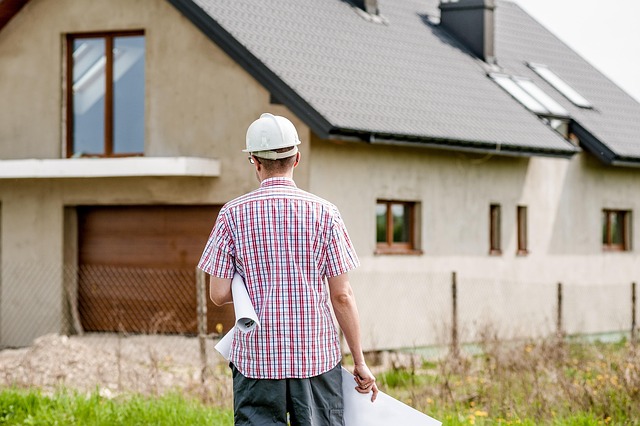Container Homes: A Modern Living Option Worth Exploring
Shipping container homes provide a practical and innovative option for modern living. This article outlines how these homes are constructed, what to consider before choosing this style of housing, and key factors like design, permits, and potential cost benefits. It’s a helpful overview for anyone exploring alternative housing options.

What Are the Benefits of Shipping Container Homes?
Container homes offer numerous advantages that make them an attractive housing option. Their primary benefits include exceptional durability, mobility, and sustainability. These structures are built from robust steel containers originally designed to withstand extreme maritime conditions, ensuring remarkable structural integrity. Additionally, repurposing shipping containers reduces construction waste and provides an eco-friendly alternative to conventional building methods.
Structural advantages extend beyond basic durability. These homes can be easily transported, modified, and adapted to various environments. They’re particularly suitable for challenging terrains or locations with limited traditional construction options. The modular nature of container homes allows for creative design approaches, enabling homeowners to expand or reconfigure their living spaces with relative ease.
How Do Design & Customization Ideas Transform Container Spaces?
Architectural innovation has dramatically transformed container homes from basic metal boxes to sophisticated living environments. Modern designers incorporate sophisticated insulation, advanced windows, and creative interior layouts that maximize space efficiency. Techniques like cutting strategic openings, adding external cladding, and implementing multi-level designs can completely metamorphose a standard shipping container into a stylish, comfortable dwelling.
Customization options are virtually limitless. Homeowners can select from minimalist, industrial aesthetics or opt for more traditional design elements. Interior modifications might include high-end finishes, smart home technologies, and custom built-in furniture that optimizes the compact space. Some designers even combine multiple containers to create larger, more complex residential structures.
What Does the Step-by-Step Building Process Involve?
The construction of a container home involves several critical stages. Initially, containers must be thoroughly inspected for structural integrity and potential previous chemical exposures. Professional preparation includes sandblasting, removing potential hazardous coatings, and treating the steel to prevent corrosion.
Structural modifications follow, which may involve cutting openings for windows, doors, and creating interconnected spaces between multiple containers. Crucial steps include installing proper insulation, electrical systems, plumbing, and ensuring the container meets local building codes and regulations. Professional expertise is typically recommended to navigate these technical requirements successfully.
How Does Cost Comparison vs. Traditional Housing Stack Up?
| Housing Type | Average Cost | Construction Time | Customization Level |
|---|---|---|---|
| Traditional Home | £250,000 - £400,000 | 6-12 months | Moderate |
| Container Home | £75,000 - £200,000 | 3-6 months | High |
Prices, rates, or cost estimates mentioned in this article are based on the latest available information but may change over time. Independent research is advised before making financial decisions.
What Financing & ROI of Container Homes Should You Consider?
Financial considerations for container homes are complex. While initial costs can be lower than traditional construction, potential buyers must factor in site preparation, foundation work, and utility connections. Financing options may vary, with some lenders treating container homes differently from conventional properties.
Return on investment depends on location, design quality, and local real estate markets. Some regions have more receptive attitudes towards alternative housing, potentially increasing property value. However, buyers should conduct thorough local market research and consult financial advisors to understand potential long-term economic implications.
Container homes represent an innovative housing solution blending sustainability, affordability, and design flexibility. As housing markets evolve, these adaptable structures offer an intriguing alternative for those seeking creative living environments that challenge traditional residential norms.




